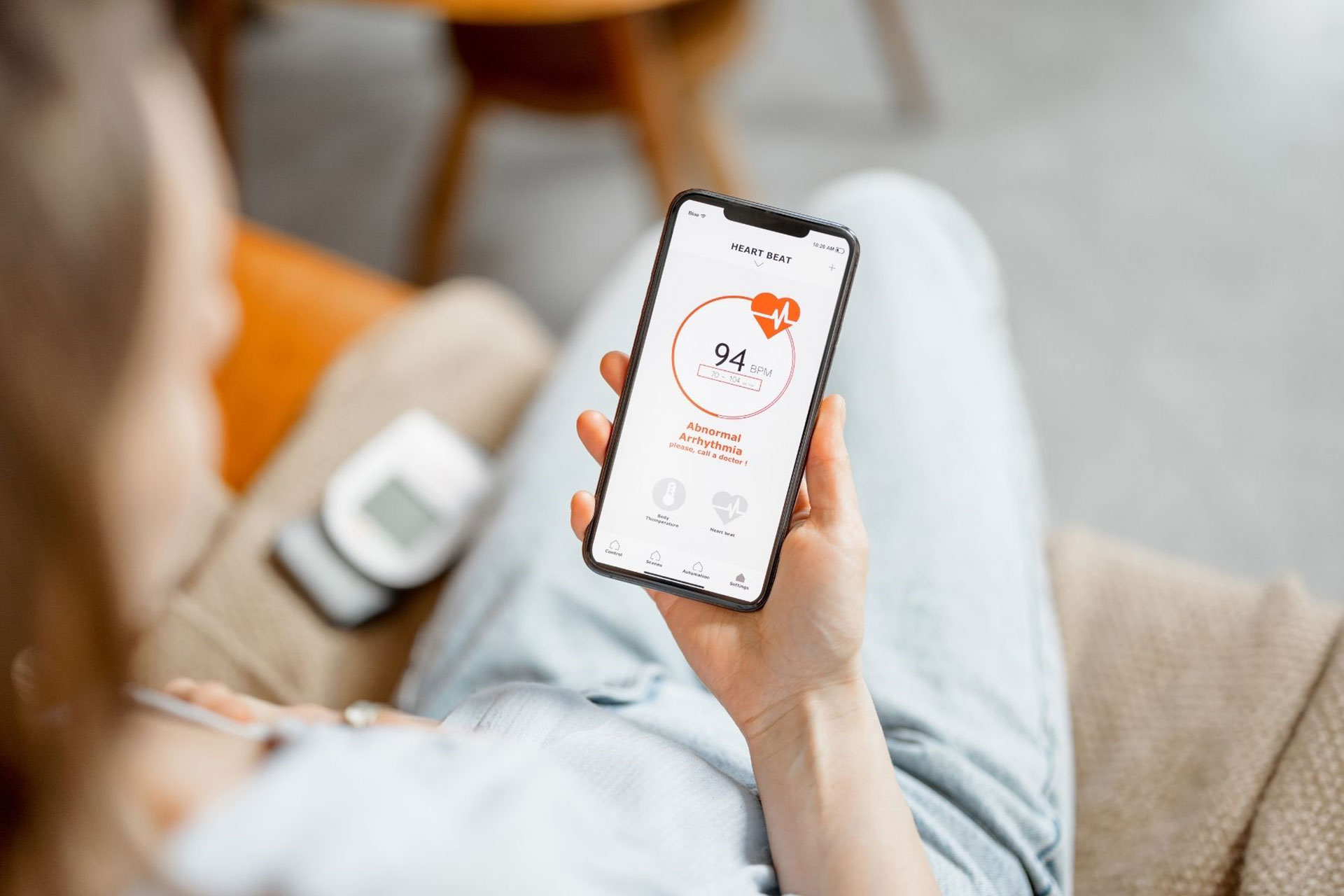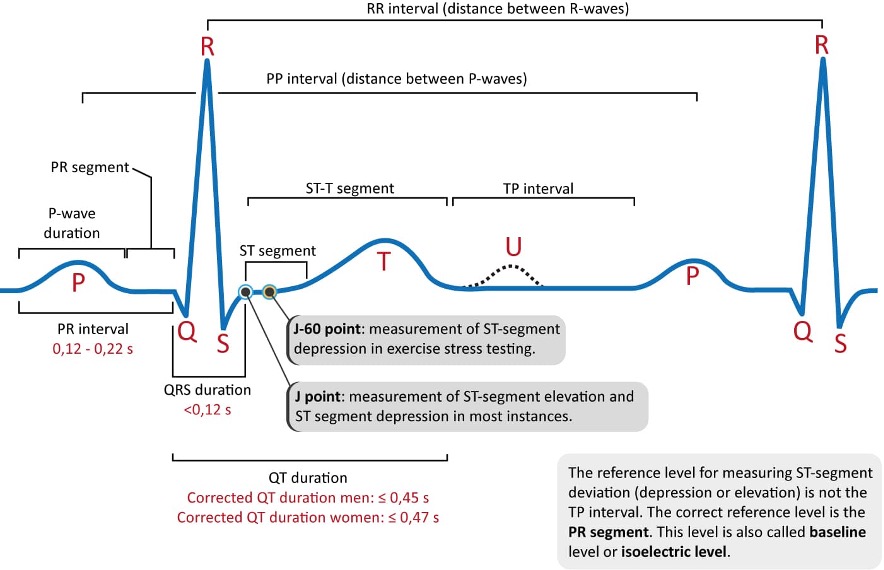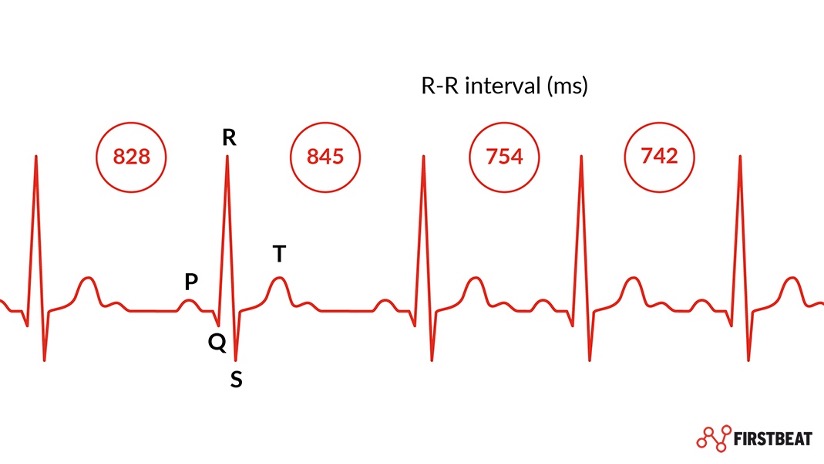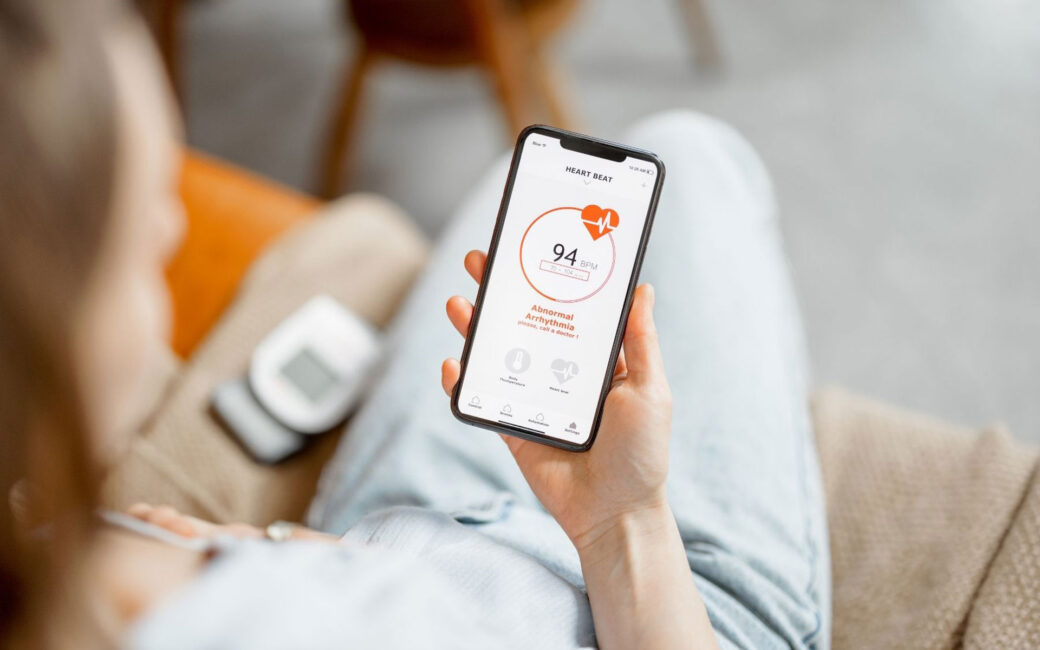Why you should care about your heart rate variability
Your heart rate variability can tell you a lot about your health, including stress levels, sleep quality, general readiness and more. Here's how to improve it.
Feb 24, 2022 | Michael Semancik, DPT, TPI-M2

You may have heard about a new metric in the health and wellness world: heart rate variability (HRV). Various wearables like the Oura ring, Apple Watch, FitBit and the WHOOP strap measure your HRV, making it more accessible for the average person. But what is HRV exactly, and how can it impact your health?
First, we need to understand resting heart rate (RHR). RHR is the number of heart beats per minute while, as the name suggests, you are in a resting state. The American Heart Association defines normal RHR for an adult is anywhere between 60-100 bpm, but this can be even lower in a trained individual (such as a high level marathon runner whose RHR rests typically in the 40s).
What is HRV?
While RHR measures the number of beats per minute at resting, HRV measures the fluctuation in time between successive heart beats. On an electrocardiogram reading, we will see a number of spikes within each heartbeat. First is PR interval (atrial polarization or activation), followed by the QT interval (ventricular depolarization and repolarization). Within the QT interval is the QRS complex, as seen in the large spike on the picture. The top of this spike is the R wave, and the distance between R waves is known as the R-R interval, which is then used to calculate HRV.

HRV can be a tough concept to fully understand, so we will break it down with this example:
Let’s say that your RHR is 60, meaning that your heart beats 60 times in 60 seconds. One would likely assume that if this is the case, then your heart is beating every second, or 1000 ms. However, your heart does not beat in a uniform fashion. One heartbeat could be 980 ms after the prior, the next could be 1050 ms after, the next 945 ms after, and so on. This is what heart rate variability looks like.

Sympathetic Nervous System
To understand HRV and what influences it, first we need to dive deeper in the nervous system as a whole. The nervous system is separated into two systems: the somatic (voluntary actions/movements) and autonomic (involuntary) nervous systems. For the purposes of this article, we will look more into the autonomic nervous system. The autonomic nervous system is what controls all the involuntary processes in your body, such as breathing, your heartbeat, digestion, etc. This is then further separated in the sympathetic and parasympathetic nervous systems.
This is the “fight or flight” response in your body; when activated it leads to an overall elevated level of activity and attention. This includes constriction of the blood vessels, dilations of the pupil, increase in blood pressure and heart rate, digestion slows down, etc.
Parasympathetic Nervous System
The parasympathetic nervous system is responsible for the “rest and digest” functions in the body. Conversely, heart rate and blood pressure decrease, digestion starts, etc. Lower parasympathetic activity is associated with multiple cardiac and chronic disorders.
What Influences HRV?
HRV is good measure of physiological readiness in the body. In a healthy, trained individual, there is a “tug of war” between the sympathetic and parasympathetic nervous systems. At times, the sympathetic branches will be more dominant and increase HR temporarily, and other times parasympathetic system will take over and decrease HR. When these are equally balanced, we then see a higher HRV variability, which means that your body is more ready to take on stress at any given point. If one of these systems starts to become more dominant than the other, then we will see less variability in the heart rate.
Here's an example:
If you are experiencing a period of higher stress, either physically (increasing training load and volume), or emotionally/mentally (high stress at home, work etc.), your sympathetic nervous system will be much more active even at rest, and will win this tug of war against the parasympathetic nervous system. Now, your sympathetic nervous system is constantly telling your body to maintain a higher RHR, which results in less variability of your HR.
What do HRV scores mean? What is a good HRV score?
HRV scores are highly individualized to the person, and differ based on age, fitness, or other intrinsic factors. It is more important to look at trends in your HRV over a longer period of time. A low trend can indicate that your body is not fully recovering; this can be due to stress, increased training load/volume, poor sleep, dehydration, etc. A higher trend means that there is better balance in your system, and your body is more “ready to go” at any moment, and can adequately adapt to its environment.
How can you use HRV to modify lifestyle, exercise?
HRV can be a very helpful tool in modifying your exercise routines and daily habits. This is a good tool to show to your physical therapist, trainer, or other professional to help modify your routine or program in order set you up for success.
If you are overtraining and not taking time to recover properly, you may see a downward trend in your HRV. You should:
- Use this metric as a guide to incorporate more active recovery in your workouts
- Focus on sleep and relaxation methods
- However, in some instances, you may want to see a downward trend
- If you are intentionally going through a high volume or high load training period, you may want to see HRV temporarily decrease during that period
If you are seeing an upward trend in HRV, that means:
- There is better balance in your system
- You can start to increase training load, but you should still continue to focus on activities that promote recovery
In order to improve your HRV, you will need to improve the balance between the sympathetic and parasympathetic nervous systems. In many individuals, the sympathetic nervous system is going to be more active compared to the parasympathetic nervous systems. Most of what we deal with is increases in work or home-related stress, poor sleep quality, poor nutrition, or increased training volume.
Strategies to improve input from the parasympathetic nervous system include:
- Breath work/meditation
- Relaxation methods that help bring down heart rate
- Improve parasympathetic input to the body
- Sleep
- People who sleep six or less hours per night had lower baseline HRV values than those who slept more than 7 hours
- Those with low sleep efficiency also had lower baseline HRV scores compared to those with high sleep efficiency
- Clean eating
- Foods that increase inflammation in the body will increase sympathetic nervous system activity
- Hydration
- Hydration levels have shown to improve HRV scores acutely following exercise
- Exercise
- Increasing cardiovascular and muscular fitness will help improve HRV
- HRV can also help guide exercise choices and help you get the most out of a session
- Cryotherapy and cold-water immersion
- Studies to show that whole body cryotherapy has a large influence on parasympathetic reactivation
- Whole body cryotherapy elicits a high parasympathetic activity due to an acute sympathetic response
- In one study, researchers found that HRV was likely to increase following one session of whole body or partial body cryotherapy

Michael Semancik
Michael Semancik, DPT, TPI-M1, is a physical therapist and certified dry needling specialist who works with young athletes, specifically with rowers, hockey players and football players.
